(MET Opera New York )
I want to share with you this artikel of New York Times.
I don’t agree with all of it, but I think some of those opinions are important to understand our showbusiness.
I think the writer has forget historical issues and Literature’s affairs :
1. Opera is not only a vocal art form.
2. Opera has been Theatre since its beginnings, only in 17. Century it has been considered a vocal show.
3. Phisically characters : To perform a “vera Violeta” it should be a sexy one, because La Traviatta is the story of a beautiful woman, who lost her way….
( I strongly recommend you La Traviatta’s performance with Anna Netrebko and Rolando Villazón)
Thanks to Luis Spallarossa who sent me the news !
From New York Time on line,
Take It Off, Brünnhilde: On Opera and Nudity
By ANTHONY TOMMASINI
Published: September 17, 2008
Correction Appended
It had to happen. Nudity is coming to opera.
In recent years, with all the talk from general managers, stage directors and go-for-broke singers about making opera as dramatically visceral an art form as theater, film and modern dance, traditional boundaries of decorum have been broken. Opera productions have increasingly showcased risk-taking and good-looking singers in bold, sexy and explicit productions.
How explicit? On Tuesday the soprano Karita Mattila returns to the Metropolitan Opera to portray the title character in Strauss’s “Salome,” a revival of the modern-dress Jürgen Flimm production created for Ms. Mattila and introduced at the Met in 2004.
Ms. Mattila’s emotionally intense, vocally molten and psychologically exposed portrayal four years ago made her seem born to this daunting role. And yes, during her uninhibited and kinetically choreographed performance of the “Dance of the Seven Veils,” she shed item after item of a Marlene Dietrich-like white tuxedo costume until, in an exultant — and brief — final flourish, she twirled around half-crazed and totally naked. Expect the same this time.
On Sept. 7, for the Los Angeles Opera’s American premiere production of Howard Shore’s new opera “The Fly,” the young Canadian bass-baritone Daniel Okulitch bared all. During the crucial final scene in the first act of the opera — based mostly on the 1986 David Cronenberg film and directed by Mr. Cronenberg — the scientist Seth Brundle impulsively decides to use himself as a guinea pig in his invention, which molecularly breaks down a human body and transports it through space. Mr. Okulitch stripped naked, climbed into one brightly lighted telepod, closed the door, and moments later emerged from another telepod, facing the audience with his arms spread, looking transformed, a moment of radiant self-benediction. (There are two more performances, on Saturday and Sept. 27.)
It could be argued that since opera is theater, anything goes. Opera buffs have seen plenty of alluring sopranos in skimpy dresses and handsome bare-chested baritones. Is actual nakedness, if the dramatic situation justifies it, such a big leap?
Maybe not. Still, if opera ventures increasingly down this path, it will have to grapple with the same questions of relevance, gimmickiness and sensationalism that have dogged theater, film and dance.
Dance has broken this barrier the most boldly, which makes sense, since its instrument is the human body in all its beauty and expressivity. Yet choreographers have to be careful not to use naked dancers to inject an easy jolt of eroticism into a mediocre piece.
Nudity in theater has provoked a more contentious debate. There is no question that in many plays explicit nude scenes have been used to compensate for shallow writing or simply to lure people into seats. But when nudity seems called for and natural, it can lend disarming humanity to a drama.
There was, for example, Richard Greenberg’s “Take Me Out,” at the Public Theater in 2002, about a superstar baseball player who reveals that he is gay. The play could not have explored how the interpersonal dynamics of baseball’s locker-room culture are shaken by the star’s announcement without showing the players in the clubhouse showers.
But nudity in the theater can seem the most profound when the characters involved are vulnerable and unglamorous. A crucial, emotionally overpowering moment in Margaret Edson’s Pulitzer Prize-winning play “Wit,” first produced in 1995, comes when the actress playing the middle-aged main character, who is dying of cancer, exposes her gaunt, naked body.
Already in previews at the Broadhurst Theater on Broadway is Peter Shaffer’s “Equus,” a new production from London of the 1973 play. Naturally, fans of the young Daniel Radcliffe will be enticed by the chance to see him, our adorable Harry Potter, in the buff. But nudity is essential to this wrenching scene. A young boy and a young girl, nervous, insecure and full of confused attractions, strip in a stable and approach each other. When the deeply troubled boy cannot get aroused in full view of the horse he worships, he angrily chases the girl away and viciously blinds the horses with a hoof pick.
Though this may be a minority point of view, to me it seems easier to make nudity seem natural in the theater than on film. In a movie, what you see is completely controlled by the director. In sex scenes, the director teases you with glimpses of flesh, letting you see just so much and not more, or sometimes making you see more than you want too. But the viewer cannot help feeling manipulated.
There has been nudity in opera, of course, but mostly involving extras, supernumeraries or dancers. In 1998 the New York City Opera presented the choreographer and director Martha Clarke’s staging of Gluck’s “Orfeo ed Euridice,” a co-production with the English National Opera. During the blissful scene when Orfeo enters the Elysian Fields, an ensemble of captivating dancers appeared in all their naked splendor, portraying the heroes and heroines who inhabit this heavenly realm. But it is another matter to ask opera singers in leading roles to disrobe onstage, artists who, after all, have much else to do.
Here is where opera may soon court trouble if things get too cavalierly explicit. First and foremost, opera is a vocal art form. Never underestimate the visceral dramatic impact of fine singing. A great voice can be very sexy. Listen to Birgit Nilsson’s recording of “Salome.” For sheer sensual power, it’s hard to match Nilsson’s incandescent singing.
The question of exposing flesh in opera to make up for subpar music hovered over “The Fly.” At both its world premiere this summer in Paris and its recent production in Los Angeles, critics found Mr. Shore’s music ponderous and undistinguished. But most reviewers praised cast members for giving their all to the production, especially Mr. Okulitch, a sensitive singer and dynamic actor with a warm and appealing if modest-size voice. That he also has a handsome physique takes nothing away from the courage it took to strip bare for the telepod scene. If only the music had matched the moment. Still, the dramatic situation absolutely called for Brundle to be naked, and Mr. Okulitch complied.
But with Ms. Mattila in “Salome,” we have one of the major sopranos of our time singing an indisputably and persistently shocking early-20th-century opera. Going back to the story’s New Testament source, you could argue the text implies that to get her way with Herod, Salome indeed removed all her of veils. This was clearly Mr. Flimm’s idea, and his glamorous star was game. As I commented at the time, Ms. Mattila’s nudity may have taken less courage to bring off than the psychological nakedness she revealed in her mesmerizing portrayal.
On the other hand, one thing opera buffs have always valued about their beloved art form is that so many excellent opera singers look like everyday people, like us. There is no reason that Rodolfo and Mimi have to look like supermodels. They need only convey that they are beautiful to each other. The music, if sung with tenderness and passion, does the rest.
This article has been revised to reflect the following correction:
Correction: September 19, 2008
A music column on Thursday about nudity in opera, including Karita Mattila’s nude appearance in Richard Strauss’s “Salome,” misidentified the source of the story on which the opera is based. It is the New Testament, not the Hebrew Bible.
Subscribe to:
Post Comments (Atom)




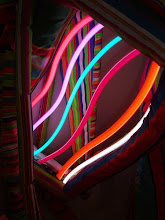






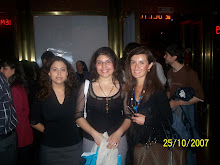
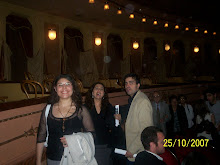

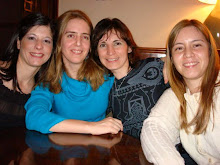


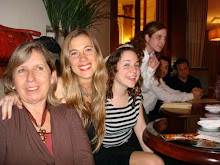
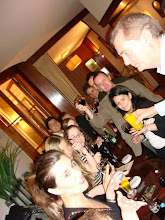
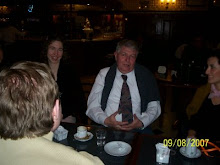
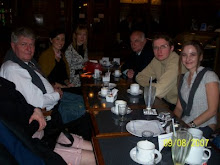
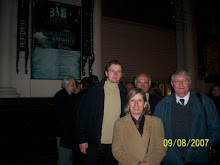
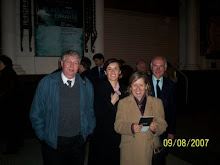




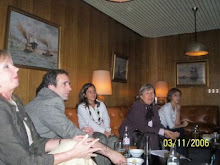

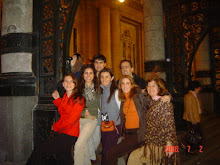

No comments:
Post a Comment